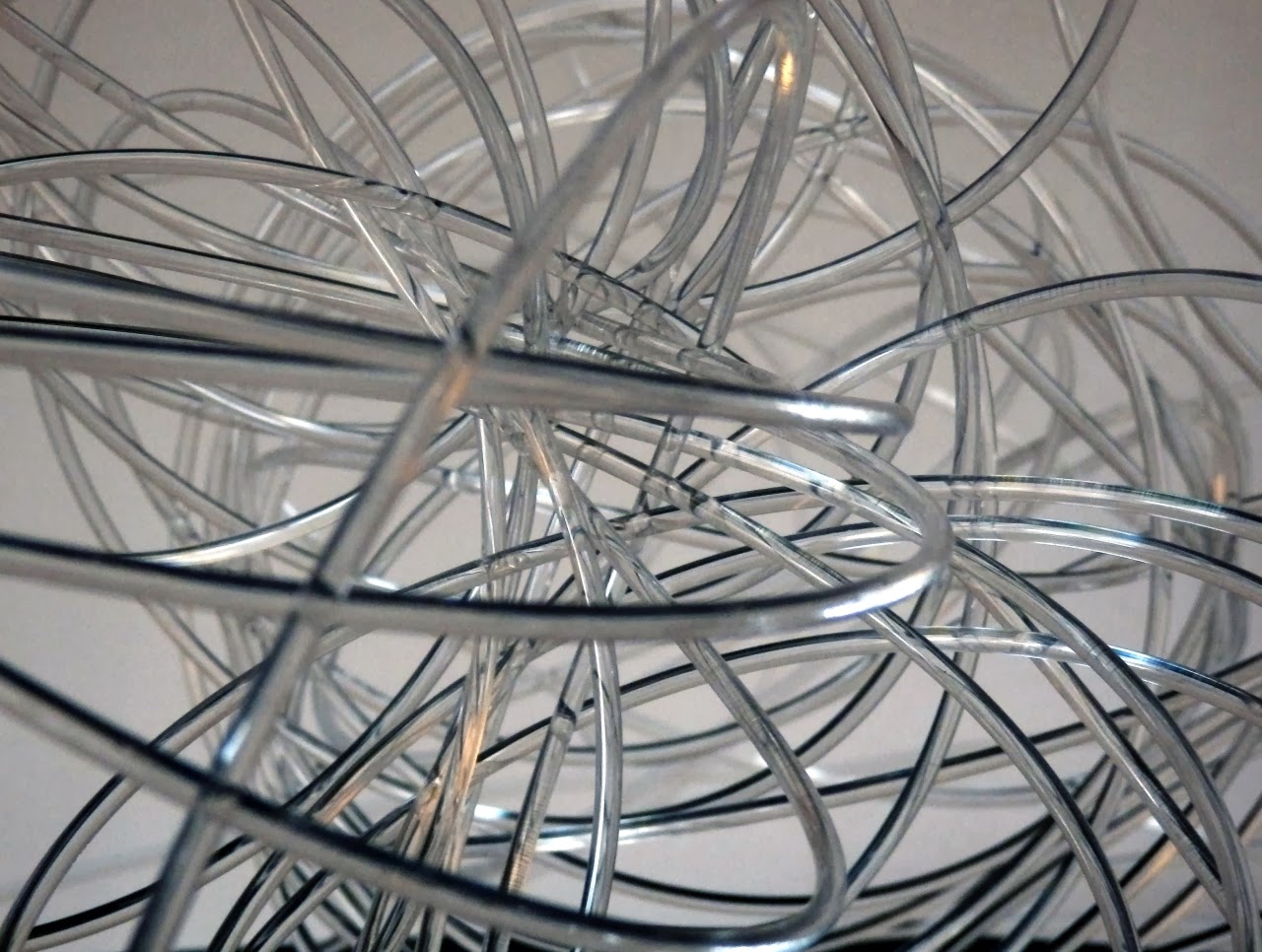

MatWeb, Your Source for Materials Information What is MatWeb? MatWeb’s searchable database of material properties includes data sheets of thermoplastic and thermoset polymers such as ABS, nylon, polycarbonate, polyester, polyethylene and polypropylene; metals such as aluminum, cobalt, copper, lead, magnesium, nickel, …



In October 1938, DuPont announced the invention of the first wholly synthetic fibre ever produced. Given the trade name Nylon (which has now become a generic term), the material was actually polyhexamethylene adipamide, also known as nylon 6,6 for the presence of six carbon…

Today, May 14, is the 73rd anniversary of the nylon stocking, which was first introduced by the DuPont Company at the 1939 World’s Fair. Before nylon, stockings had been made of cotton, wool, rayon, or silk… materials which were either too bulky and warm to wear comfortably year-round or too
“Monofilament” is a term of art used to describe extruded, single-strand fishing line made from a variety of different plastics. Monofilament leaders and tippets are now made from three distinctly different plastic materials: nylon, …
We have an extensive selection of barb fittings. Barb fittings come in PVC, Plastic, Nylon, Polypropylene & other materials. Barb fittings are made of PVC, Nylon, Polypropylene, polyethylene, connect hose to pipe.

Shah Polymers developing and marketing, Suppliers of Engineering Plastics, Polyacetal (POM), Polycarbonate, Polyurethane (PU), Polymers, Acrylic, Acrylonitrile Butadiene Styrene (ABS), PVDF Suppliers, Styrene Acrylonitrile (SAN), PolyUrethane (PU), Ethylene Vinyl Acetate (EVA), Poly acetyl, K Resin (NSBC), Nylon (PA 6, 66), …
Learn everything about 3D printing in laser sintered Strong & Flexible Plastic: tips, design rules, technical documentation, and product examples and inspiration.

Fire-retardant materials should not be confused with fire-resistant materials. A fire resistant material is one that is designed to resist burning and withstand heat, however, fire-retardant materials are designed to burn slowly.
Two molecules of water are given off and the nylon is formed. Its properties are determined by the R and R’ groups in the monomers. In nylon 6,6, R = 4C and R’ = 6C alkanes, but one also has to include the two carboxyl carbons in the diacid to get the number it donates to the chain.

A simple introduction to nylon: what is it, how is it made, and what sorts of things can we use it for?
